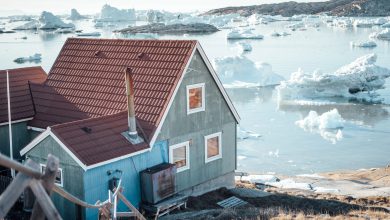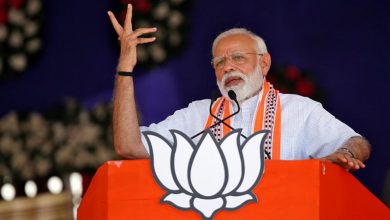The largest state in the world by territory, Russia has a highly complicated history. Over time, the Russian empire has expanded from the steps of Europe all the way to the Pacific Ocean. At the same time, many peoples have tried to break away from Russian domination. Some places have done so with a reasonable degree of success. Others have not been so fortunate. Many factors go into determining what nations can establish a successful nation state while other regions remain under foreign control. This is particularly complicated when writing about areas on the borders of Russia. In addition to complicating internally, Russian upheavals have also led to complications in other parts of this region. Two such places that are affected both by Russian issues and issues in the areas adjacent to Russia are places that are known today as Abkhazia and South Ossetia.
The Nation of Georgia
The nation of Georgia is where eastern Europe meets western Asia. As a result, it has long been a place of many territorial disputes. Georgians have repeatedly fought their own wars of independence over the centuries from those who would claim it as their territory. In the nineteenth century, the Russian empire gradually began to assert claims over all of the country, much to the despair of local leaders. During the Russian revolution, the nation fell into turmoil and poor governance as it became a satellite state of Russia in the decades that followed. As Communist Russia fell apart, Georgians declared their own independence from Russia in 1991. However, while Georgians believed in their right to nationhood, within the state lies two areas that do not wish to be part of Georgia and continue to fight to become independent nations.
Breakaway Republics
Abkhazia and South Ossetia are two parts of what is Georgia today. These areas border both Russia and Georgia. Many residents would like to have their own nations. They became part of Georgia and under Russian control in the aftermath of the Russian Revolution in 1917. However, since that time, residents have battled for their autonomy from both Russia and Georgia. Leaders of both regions declared independence to the world in the early 1920’s. These declarations were ignored by Russia, Georgia and the international community at large. Despite this opposition from the world and local officials, members of the community have continued to battle for the right to form separate nations and no longer remain part of Georgia.
The Soviet Union
Demands for independence for both places came up again during the breakdown of the Soviet Union in the 1990’s. Many independent modern states were formed after the Communists lost control of Russia and the areas that were formerly part of the Iron Curtain. Georgians, like many other former parts of the USSR, also declared their independence. This raised fears in Abkhazia and South Ossetia that the Georgians would tighten restrictions on the area and further continue to refuse residents any semblance of autonomy and self control. Wars over control of territory broke out in 1992 and 2008, leading to fears that the entire region would be destabilized as a result. In the aftermath of the 2008 war, Russian officials granted recognition to both Abkhazia and South Ossetia as independent nations with full diplomatic rights. However, while Russia has done so, few nations have followed in their footsteps. Only a handful of countries recognize either place as a nation. Major world governing organizations including the United Nations, European Union, and NATO do not recognize either place as an independent nation and member of the international community of self governing nations.



